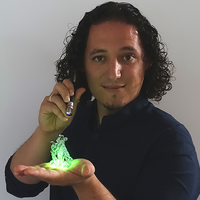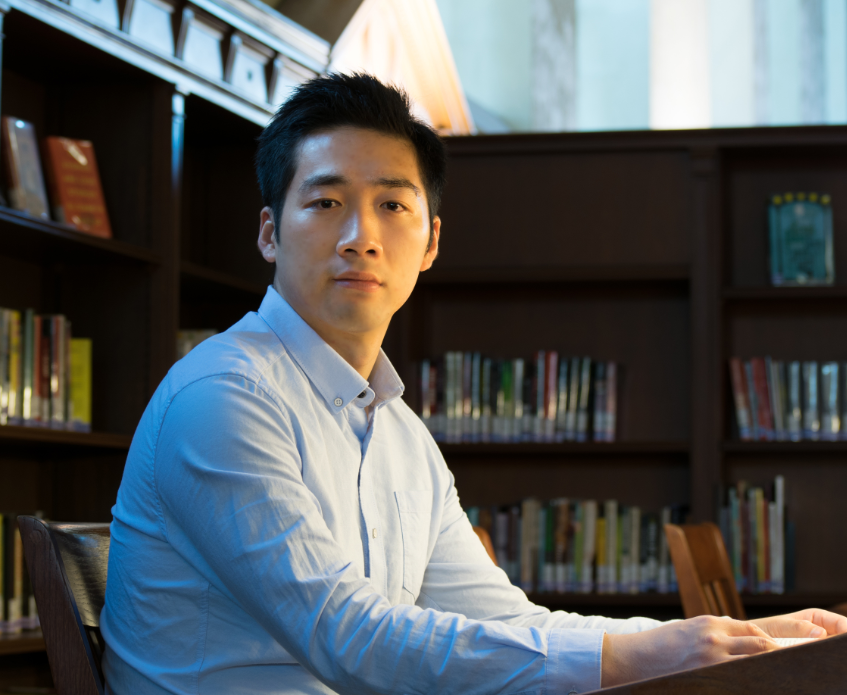Nanotechnology & materials
Qinglin He
The march towards topological quantum computation

Europe
Rubén Costa
Making light last forever with his environmentally friendly bio-LEDs

Latin America
Juan Nicolás Suárez
His company converts recycled plastic and plant fibers into ecological furniture

Europe
Talib Alhinai
The first habitable structures on Mars could be printed in flight by his drone

Global
Radha Boya
The world’s narrowest fluid channel could transform filtration of water and gases.
